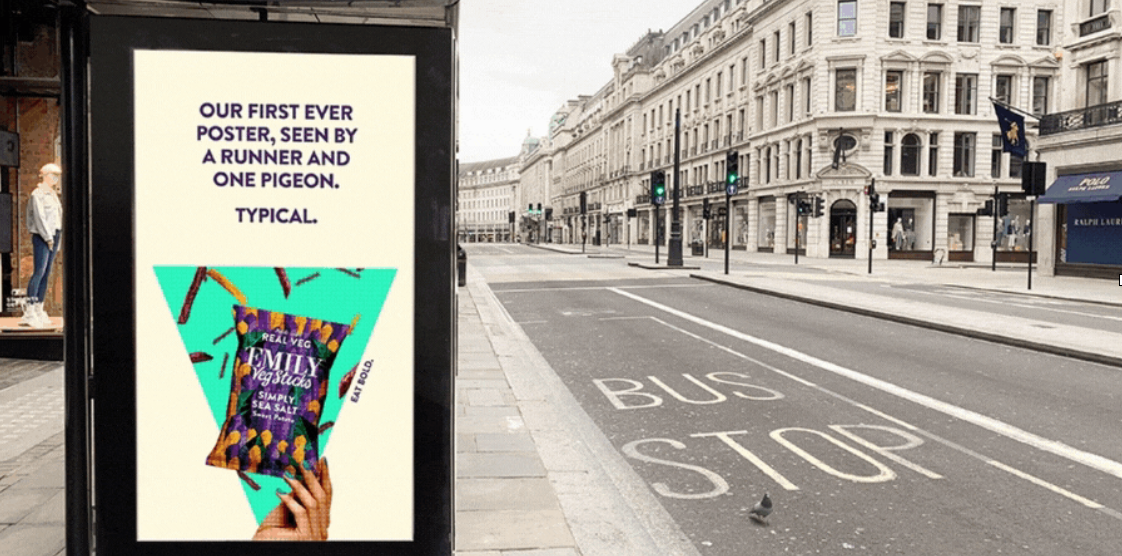How To Be Discovered by Sam Raife
There’s a big difference between being seen…and being discovered.
Sam Raife of Brand Ambition takes us through the steps your business should take to make sure you’re reaching the right audience.
Your website is slick and beautiful. Your brand is on fire 🔥. Your packaging and sales message is so groundbreaking the earth has shattered around you and is far from anything your competitors could possibly hope to achieve.
So why does it feel like nobody’s listening?
Don’t get lost in a self-fulfilling echo chamber. It’s time to be discovered.
Discovery doesn’t happen overnight, well, unless you appear on Love Island.
Discovery happens when your collective marketing efforts start to get you recognised in multiple online spaces and people shift from the subconscious you, to the conscious you.
That’s why we’re writing about getting found. Not about getting noticed.
Step 1: Research
The research phase doesn’t and shouldn’t have too much formality. When we do research, the first thing we do is listen. We listen to our target market, the people that would use a product or service and the people in the business.
Then we ask questions. A lot of questions. We are trying to build a picture of who the target audience is.
Where does your target market hang out online? What do they read? Who are their favourite journalists. Who are they influenced by?
Are they tech-savvy? Do they love a Reddit meme? Read WIRED? Hangout on Facebook or prefer TikTok?
Maybe they’re an eco-warrior? Studying the details of saving the planet one bottle at a time in an eco-innovation magazine.
Maybe they‘re a parent? A pet owner? Into cars, sport. A business owner.
Whatever. You get it. The important thing is to keep discovering communities.
This starts to help form the idea of a strategy and the tactics you’ll use to appear in someone’s daily routine.
Step 2 - Create a billboard
We focus on overarching campaign ideas that will spread into all our marketing, but utilises our chosen marketing mediums such as social media, SEO, PR, content or advertising.
Think about how a large brand executes a marketing campaign. They don’t just put it across one medium, they take the message and it becomes the company direction, sometimes for years.
This is what you want to focus on. An overarching idea that can be used to engage with the many different aspects of your target audience.
We have a simple exercise for this at Brand Ambition. We simply ask: If it was a billboard campaign what would it look like?
Creativity explodes from limitation. We find this exercise focuses our attention on getting the right message to our target audience groups.
So what would your billboard look like?
Step 3 - Choose your medium/s
Choosing the right medium after doing the research should be fairly simple and once you’ve defined your campaign approach, you can start to think about how that might be applied and rolled out across each medium.
For small businesses, depending on the budget, we would normally recommend focusing on easily accessible marketing mediums such as:
SEO & content writing on your own website
Social media platforms - as long as they’re relevant
PR
Advertising such as Google Ads, social media or programmatic
Email
A typical marketing campaign strategy will span across a number of different mediums, to create that discovery feeling. The more your brand message and your campaign get casually noticed, the more likely you are to get a direct engagement with a new customer.
Step 4 - Choose your tactics and plan the launch
Each medium has a different organic and impactful timescale. SEO for example, takes a while to build up momentum, but it's supported by content and PR. Advertising is quick, but can be costly and requires a great, often large, budget in competitive markets. Email is limited by your own database, but with the right campaign tactic can build over time. PR can be hit and miss, it depends on being both proactive and reactive.
You need to think of ways that will complement these limitations. Using a very simple example, if you have a physical product, a competition might be something you decide to run with.
The process for using a competition could be:
Underpin the product sales with advertising
Launch the competition on social media
Use the data collected to build an email list
Create a survey on your website that supports a return offer
Use the feedback to create content and FAQs that support your customers and the SEO
Promote the success of the product to your local business magazine in a press release
Push the press release out across social media asking for feedback in exchange for a product and a review
At the end, you have more than just sales, you have pushed forward the brand credentials, gained access to a database of email prospects and improved the website's SEO.
This leads to repeat orders and ultimately supports the growth of the business.
This is just a small example, but it hopefully demonstrates that thinking joined up for your marketing is a fantastic way to keep budgets tight and maximise the effort and success.
Sam Raife is the Managing Director of Brand Ambition, an Agency dedicated to putting people over profit and supporting SME growth.
With over a decade of experience in Digital Marketing and a specialism in SEO, Sam has worked in the most competitive sectors to drive traffic and ROI using a range of marketing tools.







